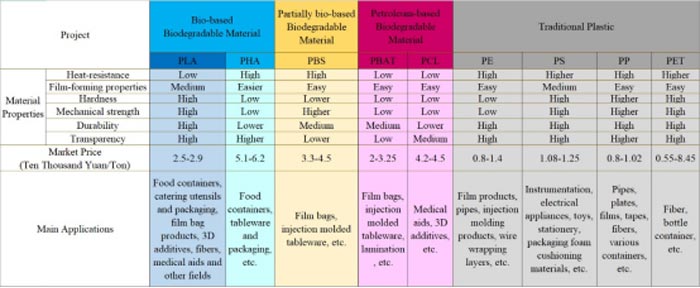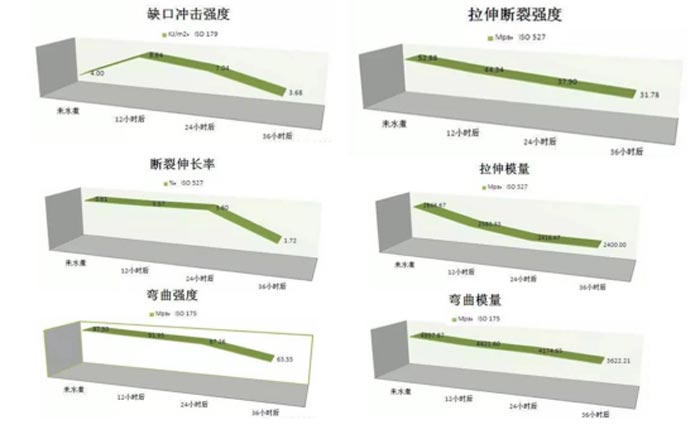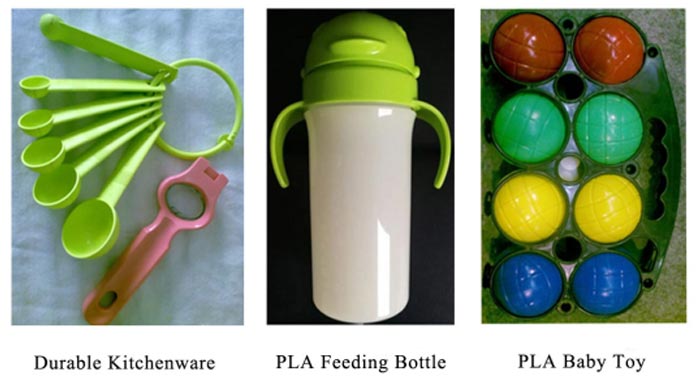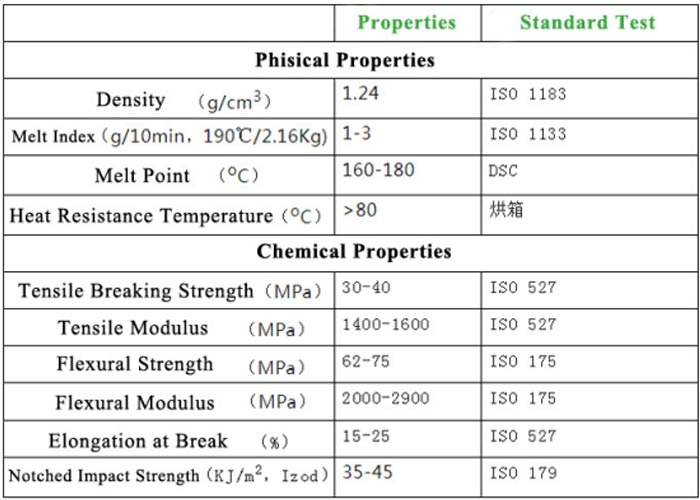What is Polylactic acid and advantage
What is Polylactic acid?
Polylactic acid, full name Poly Lactic Acid (PLA) or Polylactide, is a high-molecular polyester material obtained through a series of chemical reactions using lactic acid or lactic acid dimer lactide as a monomer. It belongs to synthetic macromolecule material. The material, with the characteristics of bio-based and degradable, is a new type of absorbable material.
1.Forming a biomass resource recycling system As a fully degradable bio-based material, polylactic acid can incorporate raw materials into the resource regeneration and recycling system, and has advantages that petroleum-based materials do not have. Polylactic acid is derived from nature and can be completely biodegraded, driving biomass resources to form a regeneration and recycling system.
2.In line with the direction of "carbon neutrality" policy guidance The carbon element in polylactic acid mainly comes from the carbon dioxide absorbed from the natural environment by plants such as corn and sugarcane during the growth process, and returns to nature in the form of carbon dioxide during the degradation process, and re-participates in biomass resources through plant photosynthesis regeneration and recycling. Therefore, compared with petroleum-based materials, polylactic acid materials can achieve the "break-even" of material carbon to a greater extent, which is more conducive to the realization of the goal of "carbon neutrality" in the plastic industry.
3.Environmentally friendly in product disposal. The fully biodegradable nature of PLA makes it a compostable plastic that can be disposed of in a degradable and environmentally friendly manner. After contact with water or humid air, the ester bonds of polylactic acid are prone to hydrolysis and breakage, and the broken products are completely decomposed into carbon dioxide and water under the action of microorganisms. This is the degradation principle of polylactic acid materials at the microscopic level. Macroscopically, the degradation of polylactic acid products is manifested as the destruction of the overall structure. The volume becomes smaller, gradually turning into fragments, and finally turning into carbon dioxide and water.
4.Good mechanical and physical properties. The good mechanical and physical properties of polylactic acid enable it to be processed as a thermoplastic material using traditional techniques. It is suitable for major plastic processing techniques such as extrusion molding, injection molding, extrusion blow molding, spinning, and foaming, and is compatible with existing plastic processing equipment.

Comparison of performance parameters among plastic materials
| Properties | PLA | PET | PS | PP | PE |
| Tensile Strength (MPa) | 65 | 55 | 45 | 30 | 12 |
| Elongation at Break | 5% | 200% | 3% | >230% | 150% |
| Young's Modulus (GPa) | 2.13 | 1.96 | 1.96 | 1.09 | 0.07 |
| Flexural Strength (MPa) | 100 | 90 | 80 | 35 | 5 |
| Flexural Modulus (GPa) | 3.38 | 2.65 | 3.19 | 1.07 | - |
| Impact Strength (kJ/m') | 2.45 | 4.9 | 3.45 | 2.45 | 50 |
| Vicat Softening Point | 60 | 70 | 100 | 65 | - |
Property & Price Comparison: Degradable Materials vs Traditional Plastic Materials

Carbon reduction advantages compared to traditional materials
Carbon reduction is to solidify the carbon in the air, thereby reducing the carbon in the air. Afforestation is to sequester carbon, and energy saving and emission reduction is to reduce carbon. Polylactic acid material is a bio-based degradable material, which absorbs carbon in the air during its process from plant to product (as shown in Figure 1); it emits carbon during its post-use disposal (burning, composting, etc.) ( Figure 2). According to the comprehensive process evaluation, the final carbon emission of polylactic acid disposable products is zero. ( Figure 3)

Advantages of PLA Modification
1.Durability modification--Through the anti-aging modification of polylactic acid, the service life of polylactic acid is improved to realize its carbon fixation energy efficiency.

Test:
Test environment: tap water at 100 degrees Celsius (this environment is harsher than deionized water) and continue to boil.
The test data in the figure are the average values of the three groups of samples.
Ordinary polylactic acid has no physical properties at all after being boiled in water for 6 hours!
However, polylactic acid with talcum powder and other formulas has no physical properties after being boiled in water for 8 hours!
Summary:
The lifespan of polylactic acid products after anti-aging modification is more than 6 times longer than that of ordinary polylactic acid products. For example, a conventional polylactic acid mug has a service life of 3-5 years in a high-heat and high-humidity environment, and its service life can reach more than 18 years after adopting anti-aging technology.
Applicable products:

2.Impact strength modification

Applicable products:

Choosing 100% degradable masterbatch is choosing a more sustainable future. These masterbatches will gradually degrade, and finally integrate with nature without causing any pollution to the environment. This way of ecological cycle is our commitment to a green tomorrow.
Choose 100% degradable masterbatch, let green into your life, and let environmental protection accompany you every day! From now on, let us work together to build a green home and create a new chapter in environmental protection!
Related Information
